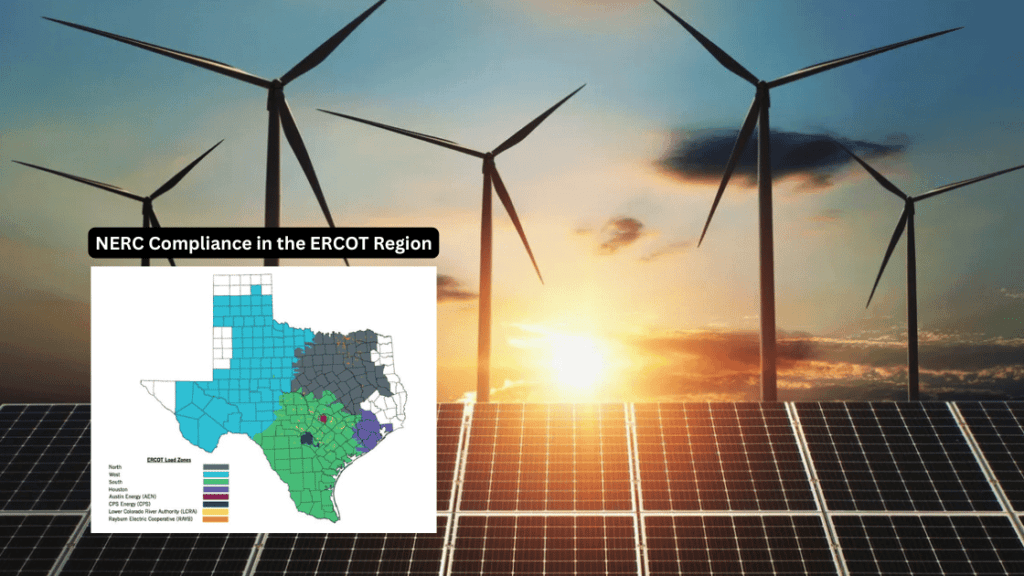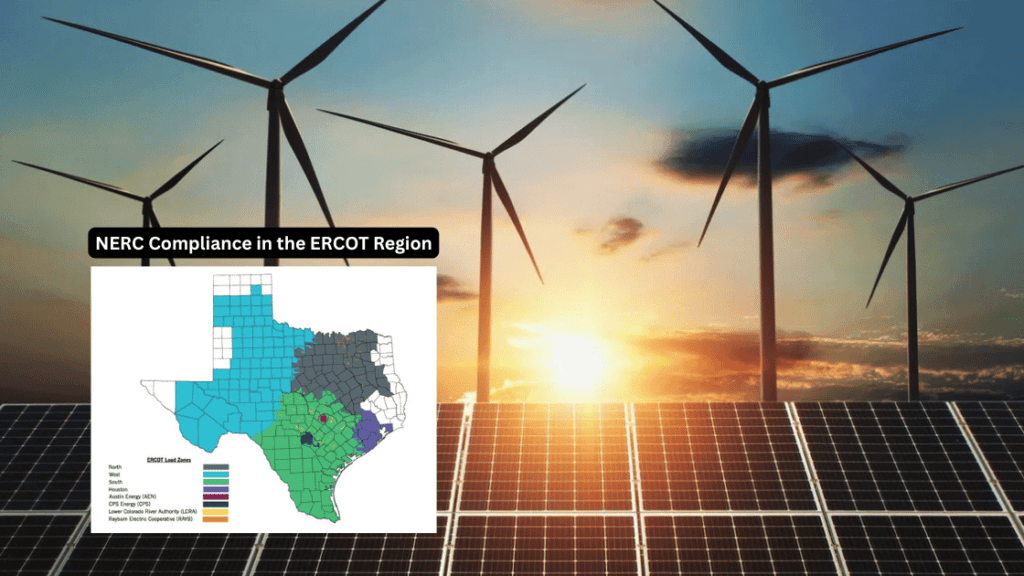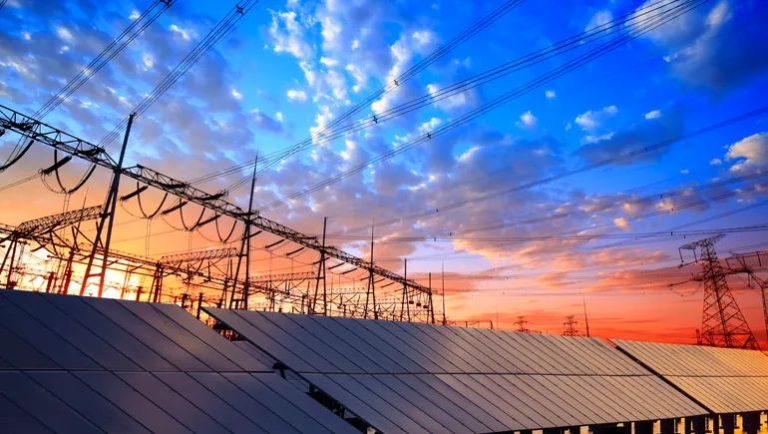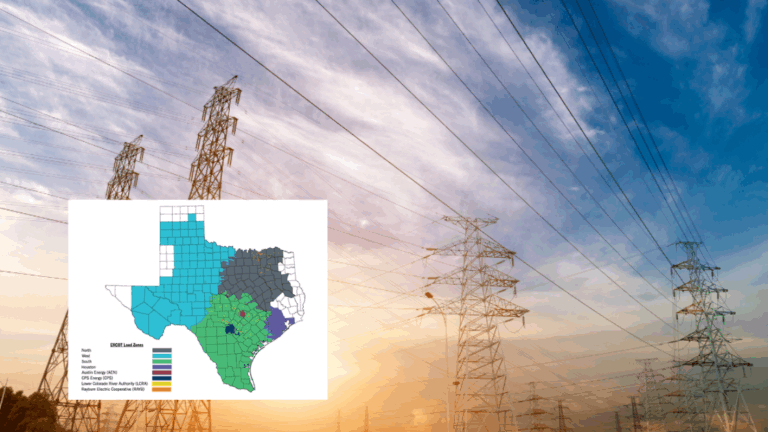Overview: As part of ERCOT’s continuing effort to ensure grid stability and the integration of inverter-based resources (IBRs), the NOGRR-245 compliance initiative has introduced a detailed DocuSign-based template to standardize and document each resource’s ride-through capabilities—both for frequency and voltage events. This article provides a breakdown of the workshop’s focus areas, including key compliance requirements, certification attestations, and documentation expectations.

Frequency Ride-Through Capability
ERCOT requires that all IBRs maximize their frequency ride-through capability to the fullest extent possible. This includes:
- Updating software, firmware, settings, and parameterization.
- Reporting changes made and the date of implementation.
- Attesting whether further physical equipment modifications were made.
- Submission of a frequency ride-through curve (0–600 seconds) to demonstrate compliance with Nodal Operating Guide (NOG) Section 2.6.2.1.
Operators must also confirm their ability to meet the minimum ride-through standards in effect as of May 1, 2024, and submit an Initial Frequency Ride-Through Capability Report if they fall short.
Voltage Ride-Through Capability
Similar to frequency, the voltage ride-through requirement compels resources to optimize software and equipment settings. Operators must:
- Certify that their settings are maximized.
- Submit voltage ride-through capability curves, including overvoltage behavior for IEEE 2800-2022-compliant resources.
- Confirm their compliance with NOG Sections 2.9.1.1 and 2.9.1.2, or submit the Initial Voltage Ride-Through Capability Report.
Technical validations also include evaluations of phase angle jumps, over-voltage protection time delays, and whether rate-of-change measurements could trigger a trip.
IEEE 2800-2022 Performance Standards
Resources must meet the performance expectations outlined in IEEE 2800-2022 Sections 5, 7, and 9, including:
- Injection of negative-sequence current for unbalanced faults.
- Current blocking behavior, with mandated restart timelines of ≤5 cycles.
- Ride-through performance during ROCOF (Rate of Change of Frequency) and phase angle jump events.
- Documentation of consecutive voltage deviation capabilities.
Frequently Asked Questions (FAQ)
I. Applicability & Scope
Yes. Type 3 WGRs are considered inverter-based resources (IBRs). If modifications under Planning Guide Sec. 5.2.1(1)(c) are fully implemented by 1/1/2028, they only need to meet NOG 2.9.1.2 VRT requirements but must still maximize capability. If not completed by 1/1/2028, NOG 2.9.1.1 applies.
Yes. Type 1 PV projects are considered IBRs under ERCOT’s definitions and are subject to the same requirements.
• Type 1: Directly-connected induction generators (not IBRs)
• Type 2: Induction generators with external resistance (not IBRs)
• Type 3: Doubly fed induction generators (considered IBRs)
All IBRs, Type 1 and Type 2 WGRs, regardless of SGIA date, must comply with the relevant sections of the NOG and IEEE 2800-2022, and maximize performance consistent with Good Utility Practice.
II. Model Requirements & Testing
Updates submitted after 10/1/2024 must include model quality tests per DWG Procedure Manual Section 3.1.5.
While ERCOT does not require specific simulations for every requirement, submitted models must accurately reflect actual or anticipated plant performance. Simulation-based validations are recommended but not strictly mandated.
Pre- and post-maximization versions of PSSE, TSAT, and PSCAD (if applicable). PSCAD is not required unless it was previously mandated.
Yes, if they affect ride-through performance during system disturbances.
III. Compliance Deadlines & Extensions
• Submit IFRTCR or IVRTCR if your Resource cannot meet the respective NOG requirements by 12/31/25.
• Request extensions or exemptions as needed per Section 2.12.
• Maximize FRT and VRT settings
• Meet applicable IEEE 2800-2022 Sections 5, 7, and 9
• Submit all accurate models and performance attestations
It must then comply with IEEE 2800-2022 full performance requirements and NOG 2.9.1.1, losing eligibility for legacy exceptions.
IV. Special Scenarios
The original SGIA date remains valid. Amendments do not reset compliance timelines.
Only if the project maximizes its ride-through capability. Minimum settings alone do not suffice.
All relevant operational modes must be tested. At minimum, maximum injection and withdrawal scenarios are required.
V. Attestations & Reporting
Attestation is required. Full simulation reports are not, but accurate models and supporting documentation must be maintained.
That’s acceptable if justified. The Resource must demonstrate those settings already reflect maximum performance consistent with Good Utility Practice.
VI. Key Resources & Guidance
- DWG Procedure Manual
- Model Quality Guide
- May 1, 2024 NOG Version
- ERCOT Market Rules






